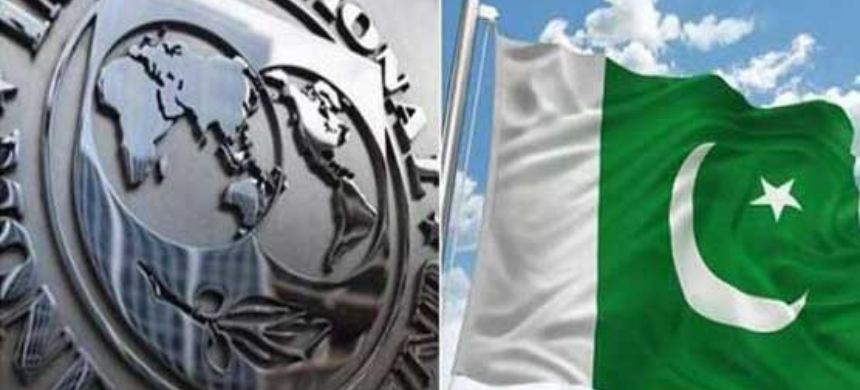Pakistan is facing a challenging fiscal situation, according to the International Monetary Fund (IMF). In its latest Technical Assistance Report, the IMF highlighted a significant rise in the country’s public debt-to-GDP ratio, which increased by about 16 percentage points between FY17 and FY23. This surge is attributed to a range of factors, including lower-than-expected GDP growth, currency depreciation, the high cost of responding to natural disasters and the pandemic, as well as the underperformance of State-Owned Enterprises (SOEs). Additionally, there have been challenges in achieving planned fiscal consolidation, with the proportion of budget revenue spent on interest payments now standing at 60 percent of tax revenue, up from a much lower percentage in FY17.
The government faces the difficult task of converting a primary deficit of 1.3 percent of GDP in FY23 into a primary surplus of 0.4 percent in FY24. This will depend on generating additional revenue from recent fiscal measures and imposing significant expenditure restraint, especially while prioritizing social and development spending.
The medium-term objective is to reduce the public debt-to-GDP ratio to below 60 percent, in line with Pakistan’s Fiscal Responsibility and Debt Limitation Act (FRDLA) of 2005. However, fiscal outcomes in recent years have been worse than projections. For example, the actual fiscal deficit exceeded budgeted targets by 25 percent on average from FY17 to FY23, with persistent overestimation of revenue estimates. The performance of non-tax revenue has also deteriorated sharply, with significant year-on-year drops of 53 percent in FY19 and 43 percent in FY22.
Read More: Pakistan Poised To Terminate Sales, Income Tax Exemptions
To manage the revenue shortfall, the government has relied on spending cuts, particularly in non-interest recurrent and development expenditure. However, in recent years, the government has struggled to control spending, despite cutting development expenditure. Meanwhile, rising public debt—mostly domestic and non-concessional—and increasing borrowing costs have sharply raised interest payments.
Provincial governments also rely heavily on revenue from the Federal “divisible pool” of taxes, which is shared according to a ratio of 58:42 between the provinces and the Federal government, with a further distribution based on population and poverty factors. Provinces’ total revenue comprises around three-quarters of this divisible pool, and their spending focuses on recurrent costs, particularly in education and health.
Several unforeseen events have contributed to Pakistan’s fiscal challenges. These include the devastating floods of 2022, which caused losses estimated at 5 percent of GDP, volatile commodity prices, and tightening financing conditions both domestically and internationally. These factors, coupled with policy slippages, including untargeted subsidies and delays in planned revenue measures, have exacerbated fiscal strain.
Moreover, restrictions on imports have hindered revenue collection from taxes on imports and customs duties, contributing to a decline in overall tax revenue. In FY22, political tensions led to a relief package offering generous subsidies on fuel, electricity, and taxes, along with increases in public wages, pensions, and food subsidies. These measures significantly altered the size and composition of government spending compared to the original budget.
In FY23, supplementary grants exceeded 50 percent of the approved budget, with significant spending adjustments made through grants approved without prior scrutiny from the National Assembly, raising concerns about transparency and accountability in fiscal decision-making.











